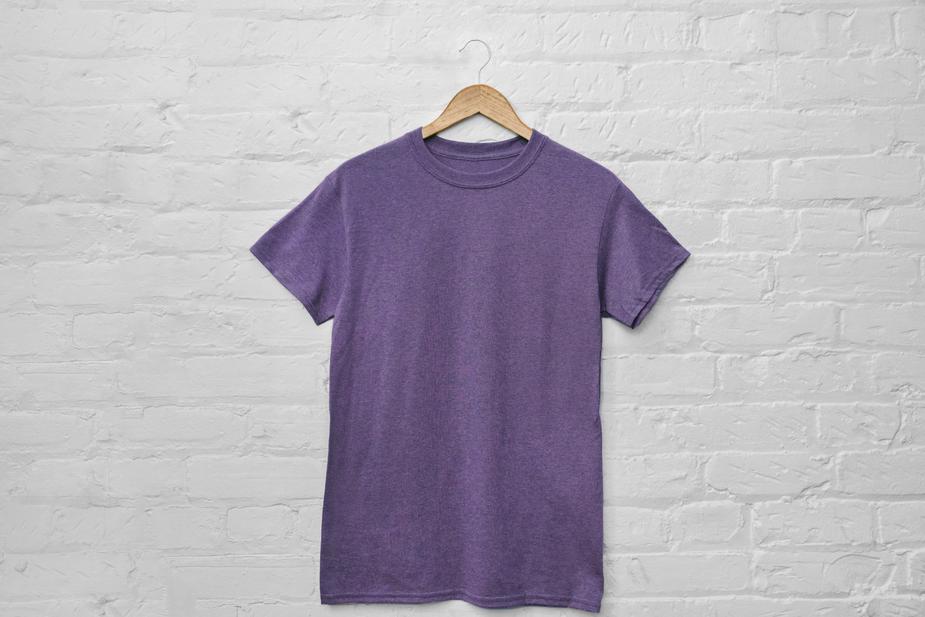When you’re holding inventory that isn’t selling, it’s tempting to think that ordering different products might be the key to boosting sales and turning a profit.
But before you make a big investment in more inventory, it’s important to get data and feedback about which products your audience really wants to buy. Luckily, you can do that without a major new product order, and there are even ways to do it without holding any inventory at all. That’s what we’re tackling today in Ask Shopify.
Question:
I realize the formula is different for every shop, but is there a general rule of thumb to follow when it comes to replenishing and expanding the product line when inventory isn't selling through as quickly? The thought of incurring a higher cost of investing in more products in hopes of turning a profit seems counter-intuitive, but maybe that's the only way to breakthrough and make a profit?
Answer:
The bad news is there’s no way to fully predict which product line extensions will resonate with your audience before you add them to your store.
The good news is this is a shared problem, so entrepreneurs have found a number of ways to tackle it successfully. The most important thing to keep in mind is that no one knows what will work best before they launch.
Because your product is live, you already have a data point: You know your existing inventory isn’t selling through as quickly as you’d like. That’s a tangible fact you can use to make decisions about what’s next, and your best next step is to figure out how to get more of those tangible facts for as little upfront investment as possible.
That’s what Marc Weisinger recommended when we sat down to get his take on your question. Marc runs Shopify’s merchant revenue acceleration team, where he helps ecommerce companies test and optimize their ad strategies to grow their businesses—and that testing approach is important whether you’re talking advertising or your product line.
“Your customers ultimately decide what the best product is and what they're interested in,” says Marc. “We might sit in a room and come up with the ‘perfect ad’. But regardless of what we think, there could be an option that performs even better, and we won’t know until we test it.”
So when you’re considering a product line extension to grow your business, it’s important to keep that in mind, and approach the problem with the same testing mentality.
“What you want to do is lower the bar to test something without a huge investment. If you can try something with a very low cost, that’s better than making a big bet with no information. Marketing's all about testing, experimenting, and doing better, right? You can think about products and inventory in a similar way. Get a few products, and see if you can sell them, and go from there.”
So how can you gather more information before you make a big decision about your product line? There are three main ways.
- Leverage no-inventory-required options
- Gather audience feedback
- Test new products in small quantities
Leverage no-inventory-required options

There are ways to test out new products that don’t involve placing big bets or extensiveinventory managementthese days.
“These days you can test stuff at a very low cost, at a very low barrier to entry,” says Marc. “So when you’re trying to figure out your inventory and product line, pick something, give it a go and test it to see if it works. If it does, double down in terms of your time investment, in terms of hiring someone, and marketing dollars. If not, test something else.”
If you’re testing out new designs, you could set them up using a print-on-demand service likePrintfulorPrintify. It’s a quick way to get those products out into the world, and when you see which ones perform well, you can switch to printing them yourself or holding inventory without the risk of pre-ordering all of your original designs.
dropshipping也是一样,一个应用程序Oberlo, if you’re looking to test out the appeal of entirely new products or product categories.
You can also look into offering pre-orders for a new product you’re considering as a maker. The upfront investment is just a single item totake your product photos,你可以设置你的产品页面和市场ob欧宝娱乐app下载地址it from there. This is a great way to gage interest in your ideas before investing the time and money in crafting your inventory.
Gather audience feedback

While there’s no better way to know someone will buy your products than launching and making a sale, there are other ways to gather valuable feedback from your audience.
Specifically, you can ask them for it by running focus groups, surveys, or connecting one-on-one.
“I've seen firsthand how much business owners learn when they run focus groups for different target markets, countries, or audiences. The wealth of knowledge that you get about your audience is really valuable.”
Depending on your brand, you might be able to recruit a focus group, or get your audience to take a survey, in one of a few ways.
“If you’re looking for feedback, give everyone a $20 gift certificate to Starbucks, and ask them questions. Or if you have an audience of people who are really excited about your brand, they might be willing to participate just because you want to talk to them.”
However you set it up, and whichever feedback method you go with, getting your audience’s input and opinions ahead of time can be invaluable when it comes to making your next inventory move. And while you’re thinking about how to gather your audience’s input, you want to make sure you’re planning to hear from multiple sources.
“You’re usually better off gathering more viewpoints or perspectives on anything, rather than fewer. You want to speak to a range of people to get feedback, because not everyone thinks the same way that you do.”
Test new product line extensions in small quantities

Sometimes there’s just no way around it: You need to invest in new product line extensions, and hold them as inventory, in order to get the information you need. But that doesn’t mean your hands are tied and that you need to spend hundreds of dollars on an untested product.
If you do have money to invest in new inventory, it’s best spent on getting a range of new products in, and doubling down on the ones that prove successful—as opposed to taking a big swing on a single product that might not work out.
“If you’re ordering small quantities, you might be paying more per unit, but that’s preferable to writing a check for $20,000 to bring in X amount of the same product if you don't know how well they're going to sell.”
It’s especially important because there are very few situations where you have a perfect data set to make decisions about your next move, so you want to make sure you’re creating conditions to get additional information.
“Having a variety of inventory is important because as entrepreneurs, we almost always have a limited scope and view of the market. Unless there's really good research, or it's not our first time around, we need to provide more options to start with, let the customers decide, and then really capitalize on that information.”
How you do that depends on the results you’re seeing, but Marc was quick to point out that if you see a product is moving quickly, it’s important to double down and give the successful product more prominent placement or more ad spend.
Look before you leap
These days, there are ways you can gather information to make a solid next move for your business without paying for expensive market research. A small investment in learning about your audience and testing new products can help you avoid over-investing in a product that ultimately won’t sell.
When you’re looking at your next steps towards profitability, an experimental mindset will help you approach the problem with as little risk as possible. And while there’s alwayssomerisk involved in running a business, managing and mitigating it as much as possible is always a smart approach.

